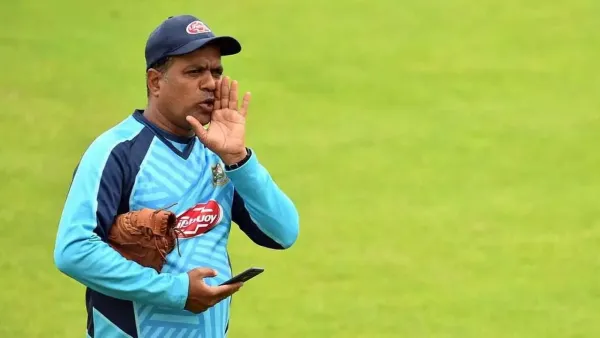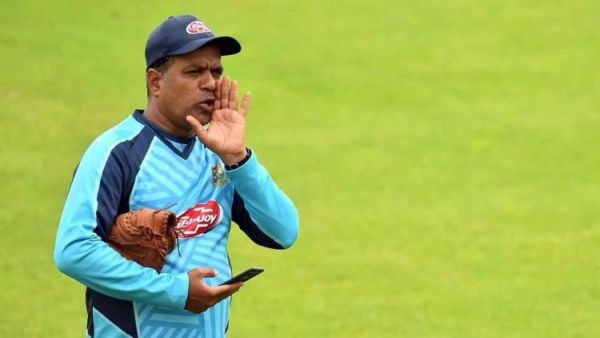
India’s outstanding bowling lineup played a major role in their historic dual Test series wins in Australia. But in their recent 3-1 defeat to Australia in the Border-Gavaskar Trophy series, it was evident how far apart Jasprit Bumrah was from the other bowlers.

India’s other pacers, Mohammed Siraj, Akash Deep, Prasidh Krishna, Harshit Rana, and Nitish Kumar Reddy, took 40 wickets in 351 overs, with averages of 34.82 and 52.6, respectively, while Bumrah stood out above the rest with 32 wickets in his 151.2 overs at an average of 13.06 and strike rate of 28.4.
There are concerns about India’s fast-bowling stocks going forward due to the inexperience of pacers and an over dependence on Bumrah. Although he is hopeful about the fast-bowling potential, Sunil Joshi, the former Indian spinner and head selector during India’s 2-1 series triumph in Australia in 2020–21, believes India missed having a left-arm pacer in their lineup.
“No, because Troy Cooley, who has experience in NCA, is already in charge of the fast bowling pool. Therefore, there shouldn’t be any concern, in my opinion. We did, however, undoubtedly lack a left-arm seamer in that lineup.
“There would have been a little shift in angle if a left-arm seamer had been there since most Australian, English, or New Zealand hitters find it uncomfortable to have the ball taken away from them from a different angle.
In an exclusive interview with IANS, Joshi said, “We just needed variety, but fortunately or unfortunately, both the bowlers Yash Dayal and Khaleel Ahmed were there, but they couldn’t play, and that’s unfortunate.”
Joshi recounted how India was playing a lot of injured players during the 2020–21 series, and the guys who went on tour as net bowlers went on to play, perform, and win games. In terms of field placements, bowling changes, and strategies to bowl to Australian batsmen, India fell well short of expectations, apart from their previous tour results.
For each player on the tour to succeed, it all comes down to displaying character. Were we well-prepared for that? Yes, I believe. Did we accept accountability? Indeed. Did we learn anything from the opposition throughout this trip, from the first Test match to the second and third matches?
“I see it that way because, certainly, we might have been better and more consistent if we had learned anything from the opposition. I approached this trip in the same way: if you haven’t learned, you need to dig into it, be disciplined to put that effort into perspective and practice, and then produce a result out of it.
“Tactically, we’ll be questioned if things don’t work out. If everything works out, we think that’s an excellent technique. All we have to do is examine what the other side performed, such as what tactical strategies they regularly used successfully. For example, one may see their quick bowlers or even Nathan Lyon, who did nothing but remain patient and consistent. Did we do that? No, other from Bumrah.
Once again, we have performed consistently, with the exception of periods, whether it was Nitish, Siraj, Prasidh, or Harshit Rana. Ultimately, we must examine ourselves to see whether we were as disciplined as we might have been. Did I clearly fulfill my job on the team? I’m not seeing it from an external perspective.
“I ask myself, ‘Well, did I give it my all in the dressing room? Did I give it my all in terms of discipline throughout these sessions or situations?
Was my job clearly defined, or should this and that have been done? “So those are the very small things, because you will be able to understand if you break down all these things,” he said.